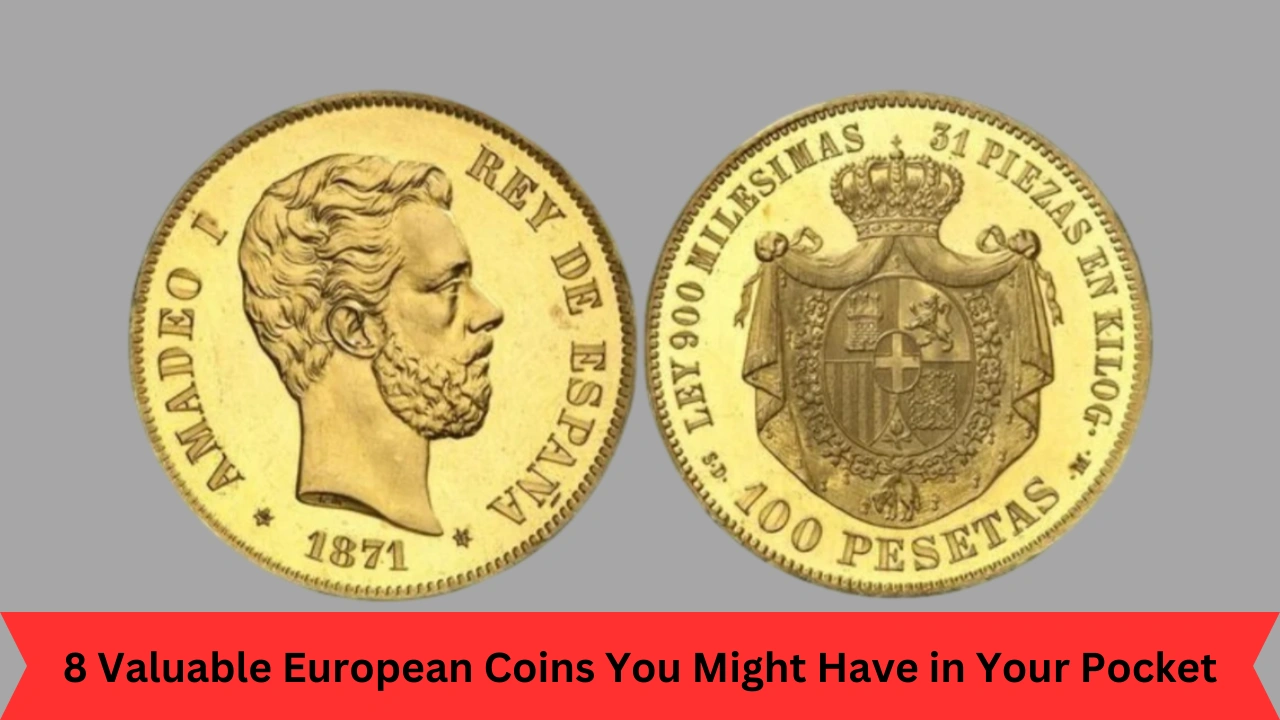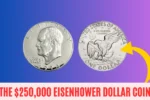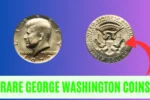European coinage has a fascinating history, with coins originating from ancient times like the Roman Empire, and spanning various European empires and kingdoms. Coins have been critical in trade and cultural exchange, serving as both currency and historical artifacts. While many ancient coins fetch high prices due to their age and historical value, some modern coins are also highly prized by collectors because of errors, limited production, or unique design features. These characteristics make certain coins incredibly valuable, sometimes worth a fortune.
Table of Contents
- 8 Rare European Coins
- French 20 Euro Cents Reverse Mule (Modern Era)
- Vatican Euro Coin Mule with Two Reverses (Modern Era)
- 1270 French Louis IX, Royal d’Or de Noyon
- 1670 French Louis XIV 15 Sols
- 1871 Spanish Amadeo I Gold Specimen 100 Pesetas
- 1640 French Louis XIII 10 Louis d’Or
- 1663 British Charles II Silver Pattern ‘Petition’ Crown
- 1831 British William IV 5-Pound Coin
- Factors Contributing to Coin Value
- How to Determine the Value of a Rare Coin
8 Rare European Coins
Some of the most valuable European coins come from mistakes, limited minting runs, or unique designs that make them desirable for collectors. These include:
- French 20 Euro Cents Reverse Mule: This modern error coin features two reverse sides, making it a rare collectible.
- Vatican Euro Coin Mule with Two Reverses: This coin has mismatched reverse sides from different denominations, a highly sought-after error.
- 1270 French Louis IX, Royal d’Or de Noyon: Only six examples of this medieval coin are known to exist, making it one of the rarest and most valuable.
- 1670 French Louis XIV 15 Sols: A rare coin minted during the reign of Louis XIV, which has a limited circulation and historical significance.
- 1871 Spanish Amadeo I Gold Specimen 100 Pesetas: This coin was minted during the brief reign of King Amadeo I and is valuable due to its scarcity.
- 1640 French Louis XIII 10 Louis d’Or: Known for being the largest denomination minted in France at the time, this coin is highly prized by collectors.
- 1663 British Charles II Silver Pattern ‘Petition’ Crown: A rare example of a prototype coin featuring an intricate design.
- 1831 British William IV 5-Pound Coin: A limited edition coin with exquisite engraving, which makes it highly valuable.
Factors Contributing to Coin Value
Several factors determine the worth of rare coins, including:
- Rarity: Coins that are limited in quantity or no longer in circulation are often the most valuable.
- Historical Significance: Coins linked to notable historical events or monarchs tend to have higher value.
- Minting Errors: Coins that feature minting mistakes, such as the “mule” coins, often become valuable collector’s items.
- Condition: Coins in excellent condition or with minimal wear are generally more valuable.
How to Determine the Value of a Rare Coin
Determining a coin’s value requires a deep understanding of the coin’s history, rarity, condition, and market demand. Professional appraisers or numismatists can help provide accurate assessments. The condition is often graded on a scale ranging from Poor to Mint State, which significantly impacts its value.
By focusing on these aspects, collectors and coin enthusiasts can better understand the immense potential value hidden in rare European coins, whether they’re from ancient or modern times. The article serves as a useful guide for anyone interested in numismatics or looking to discover valuable pieces in their collections.



